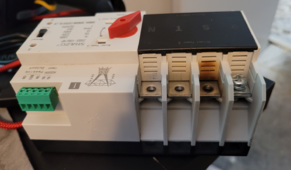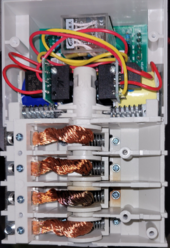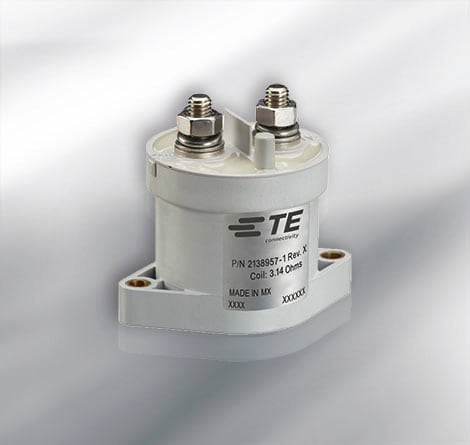Daddy Tanuki
Solar Wizard
So lo and behold enven the Magnificient Daddy Tanuki can have issues gather round younglings and learn.
So last week finished commissioning two new 400 aH banks to bring the total to 1300 aH or 70kWh depending upon your calculations. While wiring everything in I had to remove the cable from solar in breakers/bussbar to the main DC buss-bar. guess what Daddy missed while closing up? Yeah forgot to put on a ferrule on new wire and torque to spec….
So popped up again today (Saturday) (one week later) and was like why is my 70kWh bank at 75%??? Manually hit my solar controllers to go into equalization mode (turbo boost) and a couple of seconds later noticed smoke coming out of my midnight solar inverter mounting panel????
 Yes my precious… feed on the ring/dark side/muggles!!!! @sunshine_eggo (& Smurfs) and guess what I saw…. “Oh no, it’s the smoke!” Turns out I did not double check nor ferrule nor check torque on one of the replaced cables….
Yes my precious… feed on the ring/dark side/muggles!!!! @sunshine_eggo (& Smurfs) and guess what I saw…. “Oh no, it’s the smoke!” Turns out I did not double check nor ferrule nor check torque on one of the replaced cables….
 Thank god I caught this bone headed mistake in time….
Thank god I caught this bone headed mistake in time….
So last week finished commissioning two new 400 aH banks to bring the total to 1300 aH or 70kWh depending upon your calculations. While wiring everything in I had to remove the cable from solar in breakers/bussbar to the main DC buss-bar. guess what Daddy missed while closing up? Yeah forgot to put on a ferrule on new wire and torque to spec….
So popped up again today (Saturday) (one week later) and was like why is my 70kWh bank at 75%??? Manually hit my solar controllers to go into equalization mode (turbo boost) and a couple of seconds later noticed smoke coming out of my midnight solar inverter mounting panel????
 Yes my precious… feed on the ring/dark side/muggles!!!! @sunshine_eggo (& Smurfs) and guess what I saw…. “Oh no, it’s the smoke!” Turns out I did not double check nor ferrule nor check torque on one of the replaced cables….
Yes my precious… feed on the ring/dark side/muggles!!!! @sunshine_eggo (& Smurfs) and guess what I saw…. “Oh no, it’s the smoke!” Turns out I did not double check nor ferrule nor check torque on one of the replaced cables…. Thank god I caught this bone headed mistake in time….
Thank god I caught this bone headed mistake in time….






